Beverly Johnson’s Modeling Career Through the Years: From Groundbreaking Cover Girl to Off-Broadway Debut
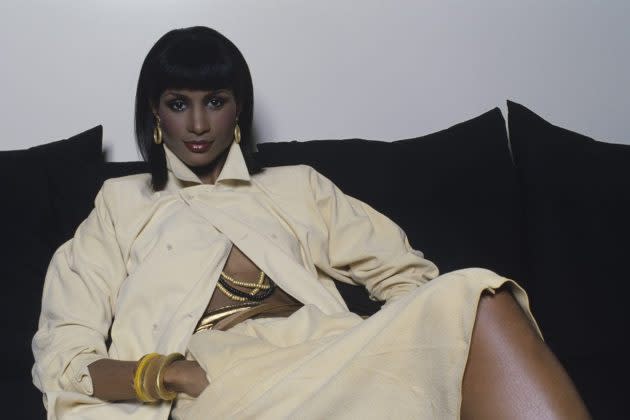
Beverly Johnson changed beauty standards after she became the first Black model to appear on the cover of Vogue in 1974. Before she walked the runways of Ralph Lauren, Calvin Klein and Halston, however, Johnson had her sights set on becoming a lawyer.
“I saw on television the civil rights movement and Martin Luther King,” Johnson said in a 2014 CNN interview. “I remember that black-and-white television set and watching the [police] dogs attacking people. There was just something about the injustice of that that I wanted to address as a lawyer.”
More from WWD
Little did Johnson know, she would launch a civil rights movement of her own in the fashion industry.
Johnson Enters the Modeling Industry
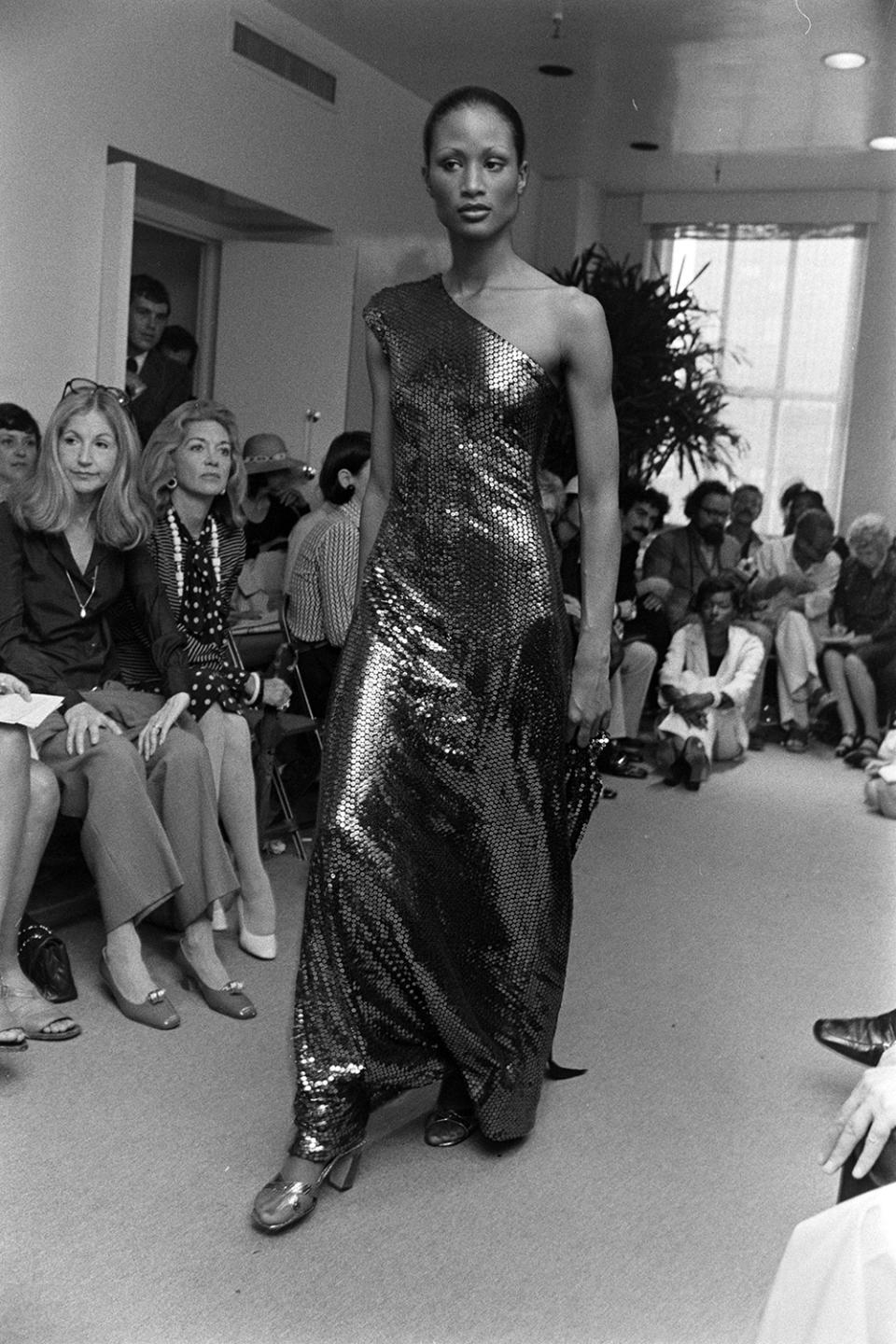
It was the summer after her freshman year at Northeastern University that Johnson considered modeling. Her mother, Gloria, accompanied her on a trip to New York City in 1971. There, they met with Alex Lieberman, editorial director of Condé Nast. It was through this meeting that Johnson landed her first modeling gig with Glamour, eventually appearing on multiple covers of the magazine in the early ’70s.
“[The editors] were fascinated because the response was always positive when they put me on their cover,” Johnson told the Los Angeles Times in 2009. “Usually they got hate mail if a Black model was on the cover.”
Around this time, Johnson was signed to Ford modeling agency, having been recruited by cofounder Eileen Ford. She also began picking up runway work, strutting the catwalk for Halston in 1973. Johnson had dreams of appearing on the cover of American Vogue — but Ford, her mentor, told her it would never happen. “She said, ‘You’re doing all this other work for Glamour and you should count your lucky stars,'” Johnson told BBC in 2014.
Cover Girl
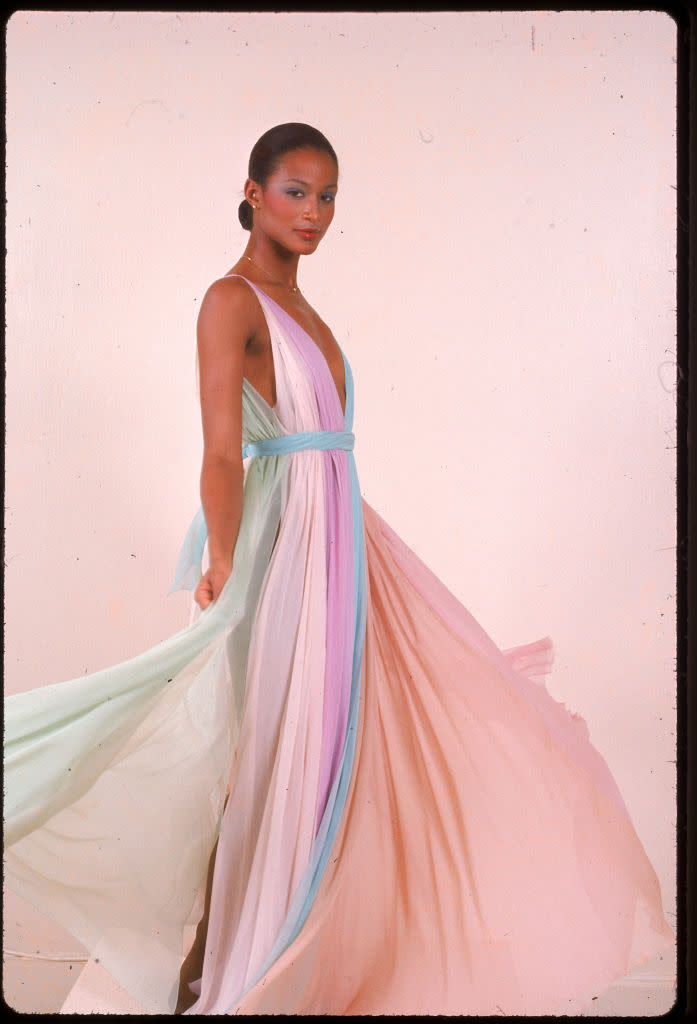
In 1973, the Battle of Versailles shined a spotlight on Black supermodels. American designers Oscar de la Renta, Halston, Stephen Burrows, Bill Blass and Anne Klein faced off against French designers: Yves Saint Laurent, Hubert de Givenchy, Emmanuel Ungaro, Pierre Cardin and Christian Dior‘s then-creative director, Marc Bohan. Models Pat Cleveland, Bethann Hardison and Alva Chinn helped lead the U.S. team to a decisive victory, and in turn, raised the profile of American fashion design.
A year later, after leaving her original agency for Wilhelmina, Johnson finally achieved what Ford had once thought impossible: at the age of 21, she made the cover of Vogue.
When Francesco Scavullo photographed Johnson for the August 1974 issue, though, she didn’t expect to make history. “In those days, you never knew if you were on the cover until you were on the cover,” Johnson said on “CBS Mornings” last week.
It was only after speaking to the press that Johnson realized she was a trailblazer. “That’s when I knew it was a big deal, when people told me it was a big deal,” she explained in the same BBC interview. “I was interviewed by people from Africa and from Europe. They were saying, ‘It’s about time that America woke up!’ It was just life-changing.”
For the first time, Johnson also recognized the power of representation. “I don’t think [Vogue] understands the impact they had on a nation of women, that they could finally look at someone and say, ‘She’s me and she’s in the magazine and she’s beautiful and we’re finally accepted in mainstream America,'” Johnson added.
Following her groundbreaking Vogue cover, Johnson became the first Black model to front French Elle in 1975. She also continued doing runway work, walking for Ralph Lauren, Calvin Klein and Oscar de la Renta, among others.
Film and Television Work
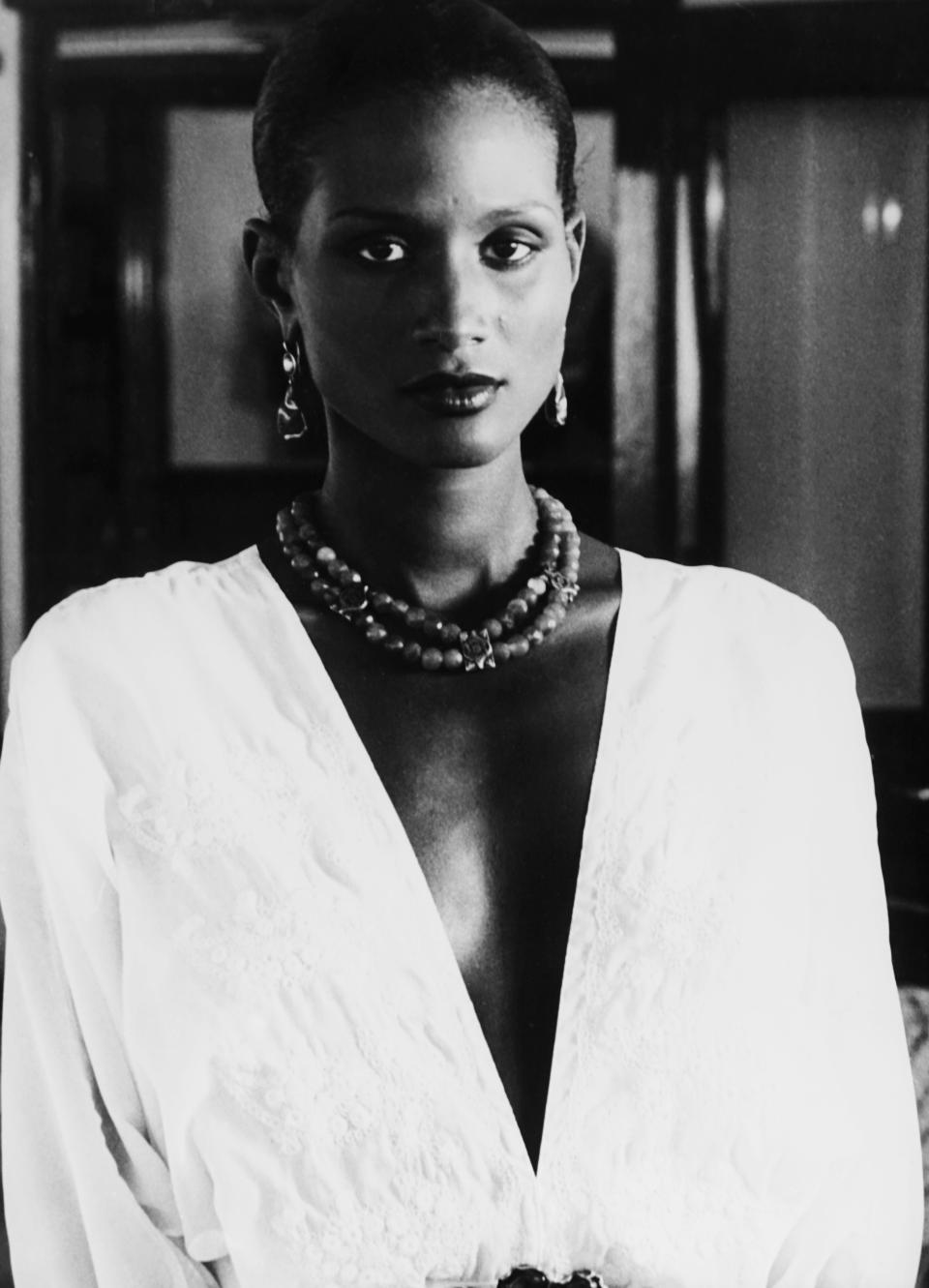
Johnson’s next frontier was the big screen. In 1979, she landed her first leading role alongside Michael Caine in Richard Fleischer’s “Ashanti.” Johnson’s acting career continued into the 1990s, when she appeared on episodes of “Martin,” Law & Order” and “Sabrina the Teenage Witch.”
Entrepreneurship Endeavors
In the ’90s, Johnson’s first business endeavor was marketing an eyewear line in partnership with Sears. She soon went on to collaborate with Amekor Industries, creating a collection of wigs and hair extensions.
The supermodel founded her own lifestyle brand, Beverly Johnson Enterprises, in 2012, encompassing home, clothing and beauty products. In 2022, she received a Model Pioneer Award at the Women’s Entrepreneurship Day Summit at the United Nations.
Runway Return
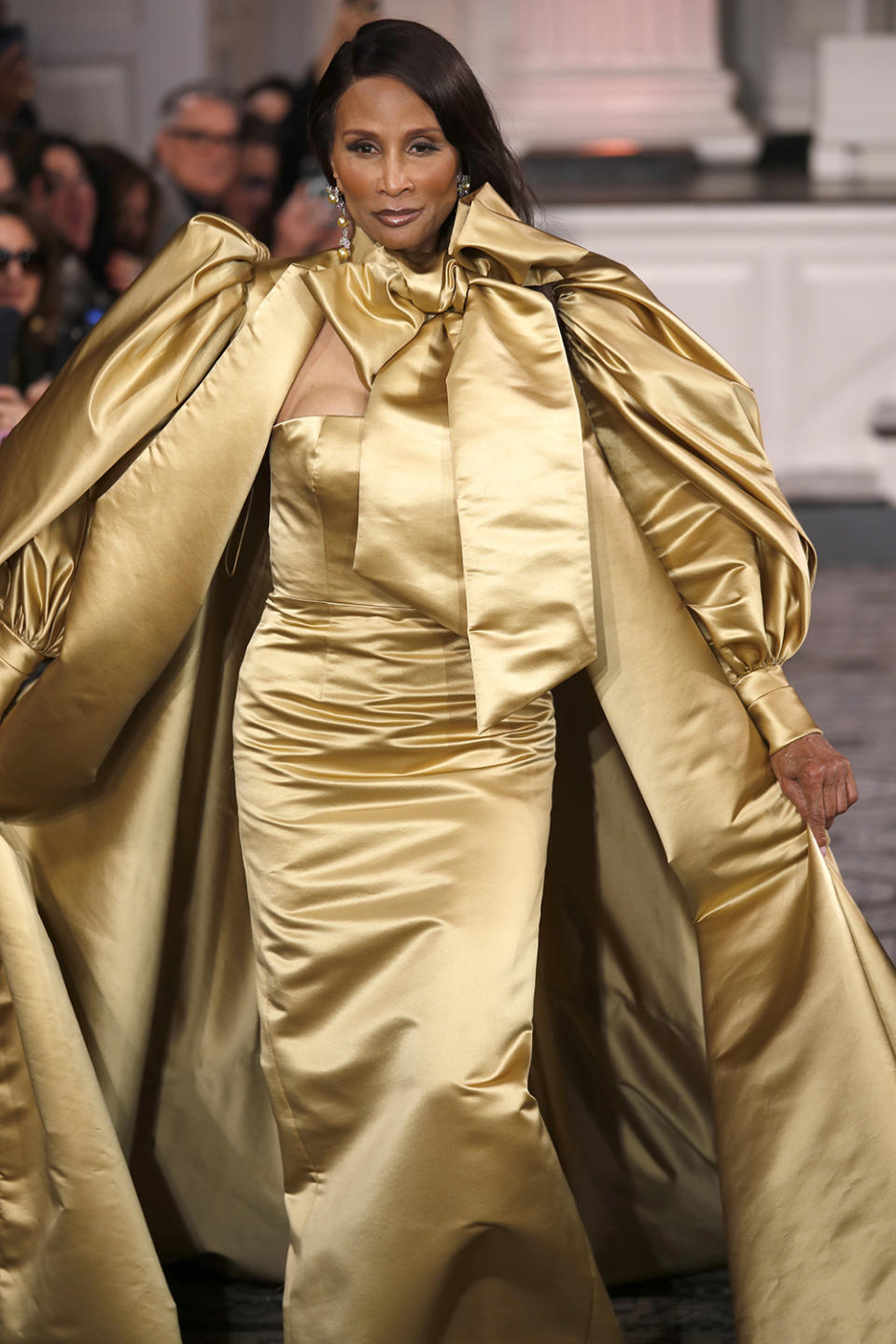
Despite her other endeavors, Johnson has kept her modeling career alive, walking the runway for the 2019 release of the Zendaya x Tommy Hilfiger collection. During the 2022 season, Johnson modeled for Sergio Hudson and Bibhu Mohapatra, closing for Dennis Basso in 2023.
In the wake of the 2020 Black Lives Matter protests, Johnson continued her advocacy work by launching “The Beverly Johnson Rule,” which seeks to improve diversity at fashion, beauty and media companies.
“I want the state of fashion to look like the runways look right now — with more Black models and models from around the world than ever,” Johnson told the CFDA. “The way the industry looks to the outside world is how it should look on the inside. I don’t want to go into the boardroom of a major company and see all white men on that board, because it is not representative of the demographics of America and probably not representative of their consumer base either.”
“The Beverly Johnson Rule” mandates that at least two Black professionals are interviewed for each job opening, including for the board and C-suite executive levels.
Off-Broadway Debut
In 2024, Johnson took her acting skills to the off-Broadway stage for the first time, debuting her one-woman show: “In Vogue.” Showing at Manhattan’s 59E59 Theaters through Feb. 4, the play is based on her 2015 memoir, “Beverly Johnson: The Face That Changed It All.” Josh Ravetch, who was also behind Carrie Fisher’s one-woman show, “Wishful Drinking,” writes and directs “In Vogue.”
Launch Gallery: Beverly Johnson's Best Looks Through the Years
Best of WWD


